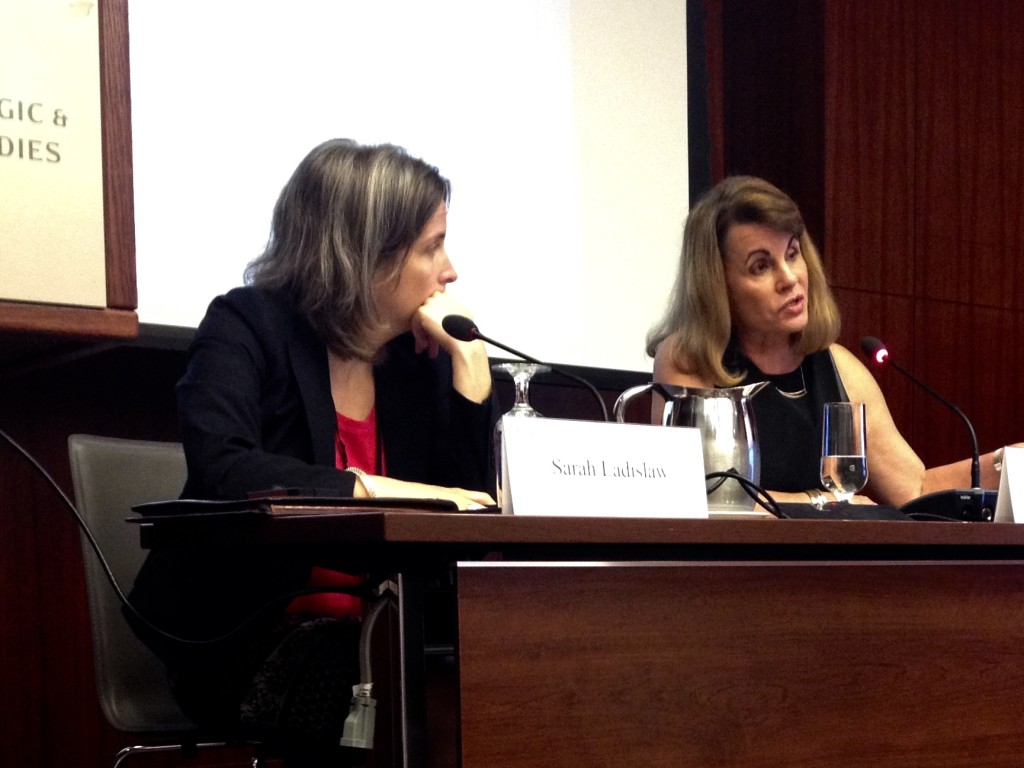WASHINGTON— The nation’s security and environmental safety are at risk because of vulnerabilities in existing pipelines, railways and other infrastructure that could cost at least $13 billion to fix, a top Energy Department official said Tuesday.
Melanie Kenderdine, counselor to Secretary of Energy Ernest Moniz, said the first-ever Quadrennial Energy Review, released in April, noted serious weaknesses in pipelines, electric grid, railways, waterways and ports due to their age and inability to adequately handle severe weather
Kenderdine said Sen. Lisa Murkowski, R-Alaska, and Rep. Fred Upton, R-Mich., are sponsoring legislation to implement the report’s recommendations. Neither office could be reached in time to confirm.
The Energy Department report, focusingon systems that transport and store energy, is the first installment of the review and was commissioned by President Barack Obama in January 2014.
Pipelines across the country leak natural gas every day, Kenderdine told an audience at the Center for Strategic and International Studies, a national security think tank, underscoring the financial waste and environmental hazard.
It can take up to 80 years to replace pipelines under existing policy, Kenderdine said. The report advocated ways to speed up that process.
In the past decade, Kenderdine noted, there has been an increase in severe storms, which caused more than $1 billion in damage. For instance, Hurricane Sandy disrupted the country’s energy infrastructure, she noted, and policymakers need to fortify those systems in advance rather than deal with the consequences.
Cushing, Oklahoma, for instance, is home to a major crude oil storage facility. The Midwestern town is also in what is known as Tornado Alley.
“The question is not whether but when Cushing—where we store an enormous amount of our oil—gets hit by a tornado,” Kenderdine said.
The billions of dollars in recommended investment include upgrades or replacements of outdated infrastructure and new grants to improve energy systems. One grant seeks to help streamline usage among different industries that operate on public infrastructure—such as agriculture, coal, oil and gas. Another grant is for states that best identify possible energy disruptions and create plans to deal with them.







